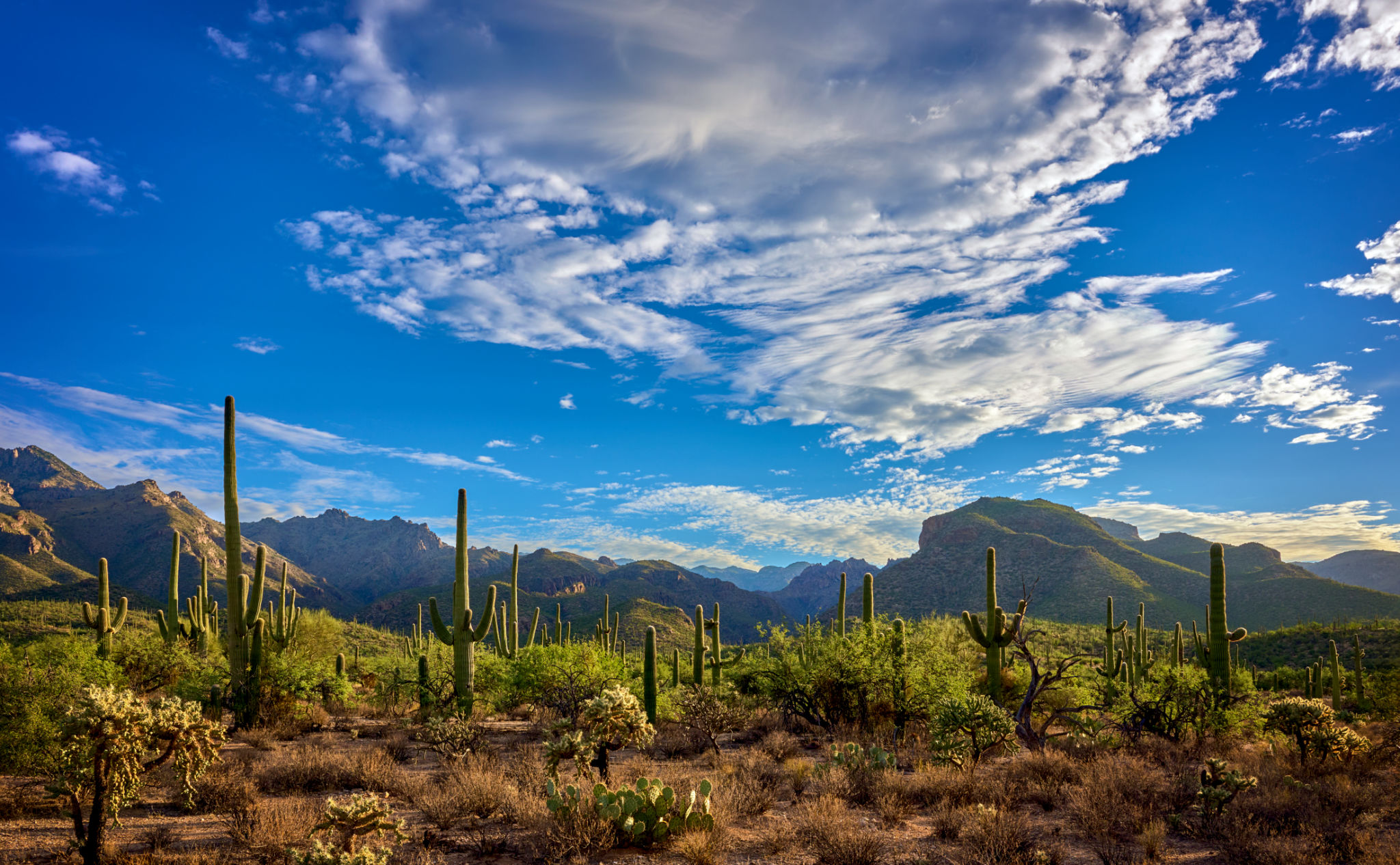The Impact of Arizona's Climate on Olive Growth
Understanding Arizona's Unique Climate
Arizona is known for its dry, arid climate, characterized by long, hot summers and mild winters. This unique environment presents both challenges and opportunities for olive growers. The state receives an average of 300 sunny days per year, which contributes to the rapid growth and productivity of olive trees. However, the heat can also pose risks such as dehydration and sunburn for the plants.

Olive trees are native to the Mediterranean region, a climate that shares some similarities with Arizona's weather patterns. The hot, dry conditions found in Arizona are generally favorable for olive cultivation, as these trees thrive in environments with lots of sunshine and minimal rainfall. In fact, the lack of humidity is beneficial in reducing the risk of fungal diseases that often trouble olive growers in more humid climates.
Benefits of Arizona's Climate for Olive Growth
The abundant sunshine is a major advantage for olive tree cultivation in Arizona. Olive trees require a significant amount of sunlight to produce fruit, and the state's consistent sunny days ensure that the trees receive the light they need. Additionally, the mild winter temperatures in Arizona enable olive trees to avoid frost damage, which can be detrimental to both the trees and the olive yield.
Another benefit is the well-drained soil commonly found in many parts of Arizona. Olive trees prefer well-drained, sandy soils, making certain areas of the state ideal for olive farming. Furthermore, the dry climate means that water can be provided in a controlled manner through irrigation systems, allowing growers to optimize water usage efficiently.

Challenges Posed by the Climate
Despite the advantages, there are significant challenges that come with growing olives in Arizona's climate. One of the primary concerns is water management. With limited rainfall, olive growers must rely heavily on irrigation to ensure their trees receive sufficient moisture. This can lead to increased costs and requires precise management to avoid overwatering or underwatering.
Additionally, the intense summer heat can cause stress on olive trees. High temperatures may lead to issues such as leaf scorch and fruit drop if not managed properly. Implementing shading techniques and careful monitoring of tree health are essential practices for mitigating these risks.
Strategies for Success
To succeed in growing olives in Arizona, farmers must adopt specific strategies that cater to the region's climate. Using drought-resistant olive varieties can help minimize water usage and increase resilience to heat stress. Mulching is another effective technique that can help retain soil moisture and regulate temperature around the root zone.

Furthermore, implementing advanced irrigation systems like drip irrigation can greatly improve water efficiency. These systems deliver water directly to the roots of the trees, reducing evaporation and ensuring that each tree receives adequate moisture without wastage.
Conclusion: A Promising Future
The impact of Arizona's climate on olive growth is a blend of both challenges and opportunities. While the hot, dry conditions require careful management and adaptation, they also provide an environment where olive trees can thrive if cultivated with care. By leveraging innovative farming techniques and selecting suitable olive varieties, growers in Arizona have the potential to produce high-quality olives with a distinct flavor profile.
As global interest in olives and olive oil continues to rise, Arizona's olive industry holds promise for growth and expansion. With continued research and development, combined with the state's natural advantages, Arizona could become a key player in the olive market.